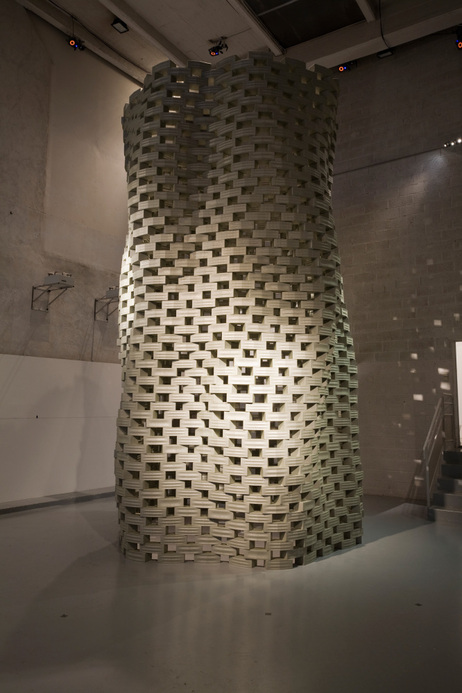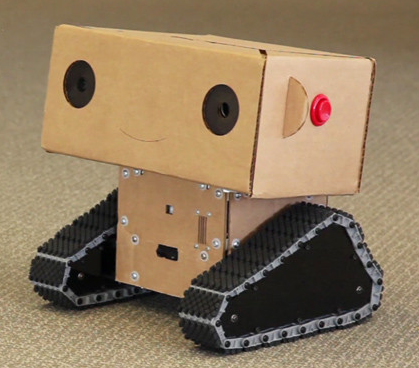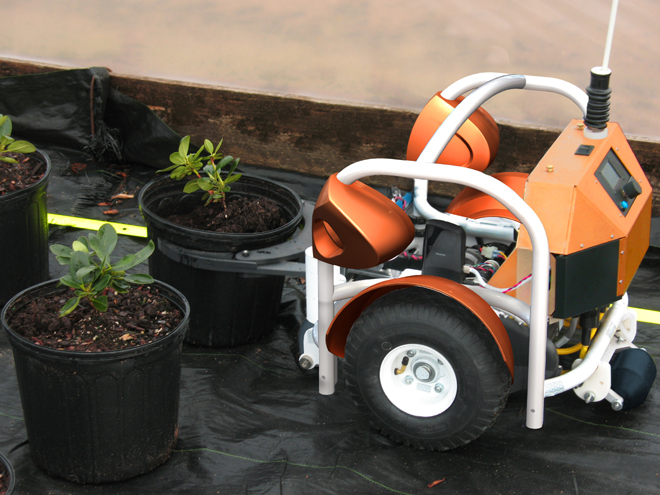There will always be jobs the robots can't do. Maybe.
I know the entire 'Robots and other automation technologies are displacing human labor' line of discussion can get a little tedious at times. After all, advances in technology that fundamentally change the labor markets and the need for certain types of labor is an old story. And when other contributors on Fistful of Talent take on the robot subject, we may have finally jumped the shark on this one. But against my better judgement and with the quasi-approval of my friend Chris Wilson, I am going back to the robot well one more time. So here goes.
How many family farmers are out there anymore, working a few dozen acres of crops? When was the last time you took a train across the country to attend a business event? Have you had to individually print, collate, staple, assemble, and mail company reports or binders in the last 10 years or so? (Right now, someone reading this is thinking, 'Hey I still collate').
Old story, I know. Technology advances unabated, makes our lives better, (hopefully), raises the standard of living, and provides ample ammunition for our incessant, 'I remember back when I was a kid...' admonitions to our kids and friends who simply would DIE without their iPhones or free Wifi at Starbucks.
Besides, the standard thinking goes, there will always be entire categories and classifications of labor that simple will not ever be usurped by robot or other automation technologies. Robots can be programmed to perform simple, repetitive tasks, and respond accordingly to relatively simple external cues and stimuli, but advanced, nuanced, and subtle kinds of jobs and tasks are still the (more or less), exclusive domain of human workers. Service jobs and construction jobs in particular seem immune to the forces of robotization.
Case in point - robots, on their own, could never build something like this, right:

This picture, sourced from an article on the NPR Krulwich Wonders blog, is of a brick tower designed by Swiss architects Fabio Gramazio and Matthias Kohler. The entire 20-foot tall tower was assembled by a team of four flying robots that grabbed each brick individually, then flew to the correct place on the rising tower, and finally set the brick in place before returning to the dispenser to re-start the process. The battery powered robots periodically stopped their work to plug in for a recharge when their batteries were running down.
Sure, it took humans to design the tower, build and program the flying construction robots, and monitor the entire process, but eventually couldn't the building, programming, and monitoring tasks themselves be automated?
You can take a closer look and see the flying robots in action on the video below, (email and RSS subscribers will have to click though). While you watch the video I challenge you to think just for a moment about our generally held ideas about labor, automation, and the future of work.
Eventually, is there going to be anything the robots can't do?

 Steve
Steve



